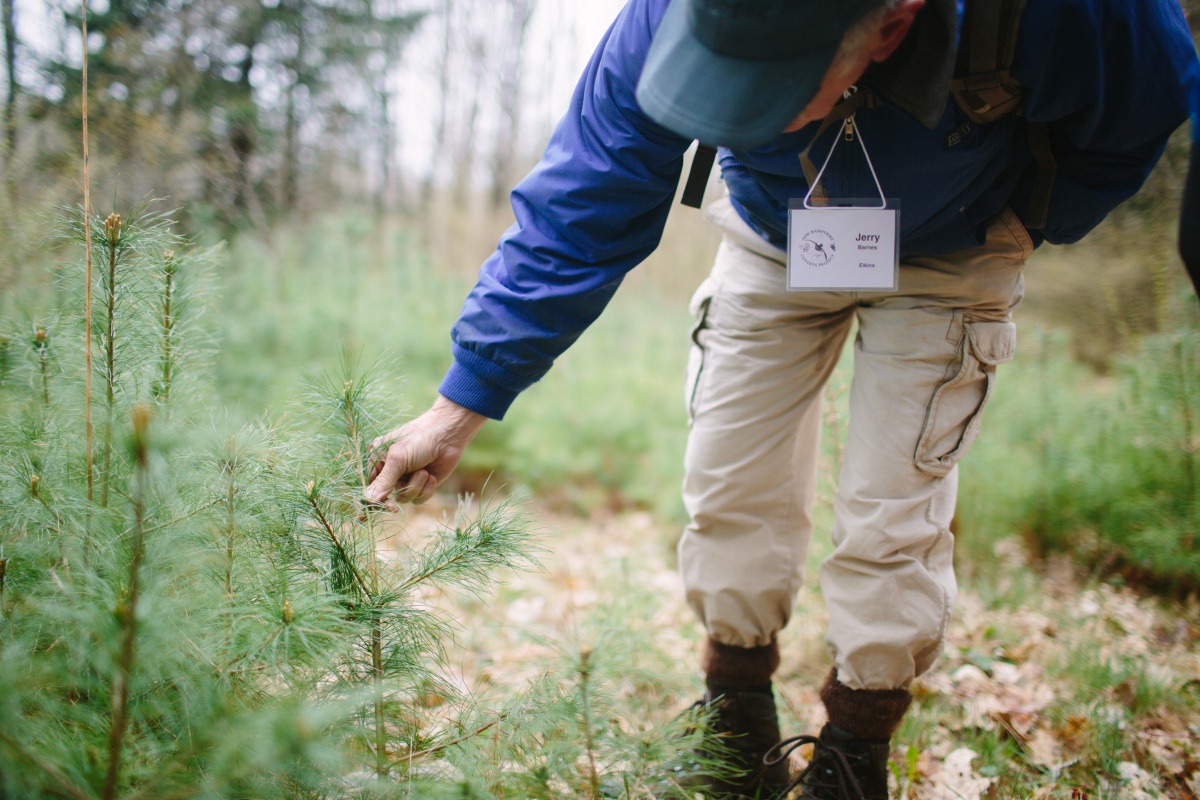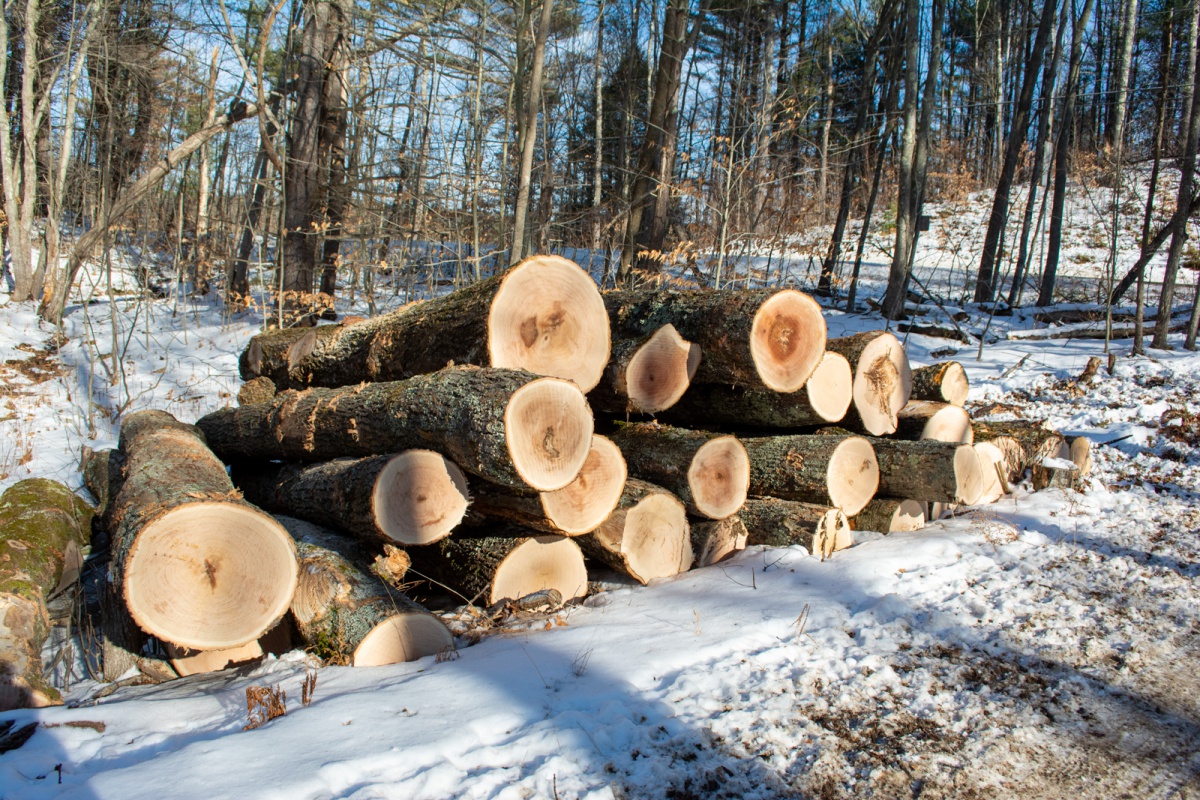Thinking About Your Woodlot
What do you want your woodlot to look like in the future? What is the legacy you want to leave? As a forest landowner, the decisions you make about your land will have a lasting impact for years to come. A good place to start is to think about how you use your woodlot. Do you consider it a source of income? Do you enjoy the space it provides for wildlife? Is your land a place for you to take a walk? It could easily be all of these and more! Thinking about how you use your land, and what you want to get out of it, can help you care for your woodlot and realize the possibilities it can offer.

Grow Quality Timber
Producing valuable and quality timber in your woodlot starts with identifying and growing quality trees. Trees considered high-quality are healthy, vigorous, straight, and sound, and of species that are valued in the marketplace. Valuable hardwoods species include red oak, sugar maple, yellow birch, white ash, red maple, and white birch. Softwoods include white pine and red spruce. Developing quality trees requires a long-term perspective, and deliberate planning and management. Growing a significant amount of high quality trees also takes a willingness to practice management to focus the growth of your woodlot on the highest-quality trees.

UNH Extension County Forester Can Help
Keeping your woodlot healthy, diverse, and productive involves discovering what you have on your property, evaluating what you found, and planning on how to maintain, enhance or change what is there. This thoughtful planning is a sign of good forest stewardship. Not sure where to start? Give your UNH Extension county forester a call! Your county forester will visit your property, free-of-charge, and help you learn more about your woodlot so you can make informed decisions regarding managing your forest, creating or enhancing wildlife habitat, protecting water quality and scenic beauty, or earning income from your trees. Find your UNH Extension county forester by visiting www.extension.unh.edu/countyforesters or by contacting the Forestry Information Center at (800) 444-8978 or forest.info@unh.edu.

How Do We Use the Parts of a Tree?
Not all trees are created equal. Even among the same species, trees yield different types of products when harvested. The financial value of a tree depends on the forest products that can be harvested from the stem. Large limbs, branches, and deformed stems can be chipped to produce electricity or cut into firewood. Other parts of the stem with big branches and knots can be used as firewood or pulp (paper products). Wood chips, firewood, and pulp are important to the forest products economy, but provide less revenue to a landowner. In some cases, only removing firewood and pulp during a timber harvest can come at a cost to the landowner. Products such as lumber have the highest value. Management focused on growing trees to produce lumber will increase the value of your woodlot. One tree can create a variety of forest products. A tree managed for quality timber will yield lumber on the lower part of the stem, while pulp, firewood, and chips will be cut out of the top portion.

Improve Your Woodlot Over Time
When managing for timber, it is important to identify the trees that have value and those that will become valuable over time. Valuable trees should be monitored over time and harvested when appropriate. Trees with the potential to become valuable may only need more time or space to grow. Thinning your woodlot by removing specific trees creates more space for valuable trees to grow, and allows smaller trees to develop into quality timber over time. During a thinning, undesirable trees are selected to be harvested. Undesirable trees may be larger and occupy a lot of space. These unsuitable trees can also be small and prevent desirable tree species from establishing. Harvesting undesirable trees will improve the quality and value of the woodlot over time. Undesirable trees in the woodlot can be left for wildlife habitat, aesthetics, or structural reasons. This approach can be achieved through thoughtful planning, and by involving the right professionals, such as foresters, during the process. Get started today by contacting your local UNH Extension county forester to schedule a woodlot visit.

Interested in Learning More? Contact Your County Forester
Find your UNH Extension county forester by visiting www.extension.unh.edu/countyforesters or by contacting the Forestry Information Center at (800) 444-8978 or forest.info@unh.edu.


